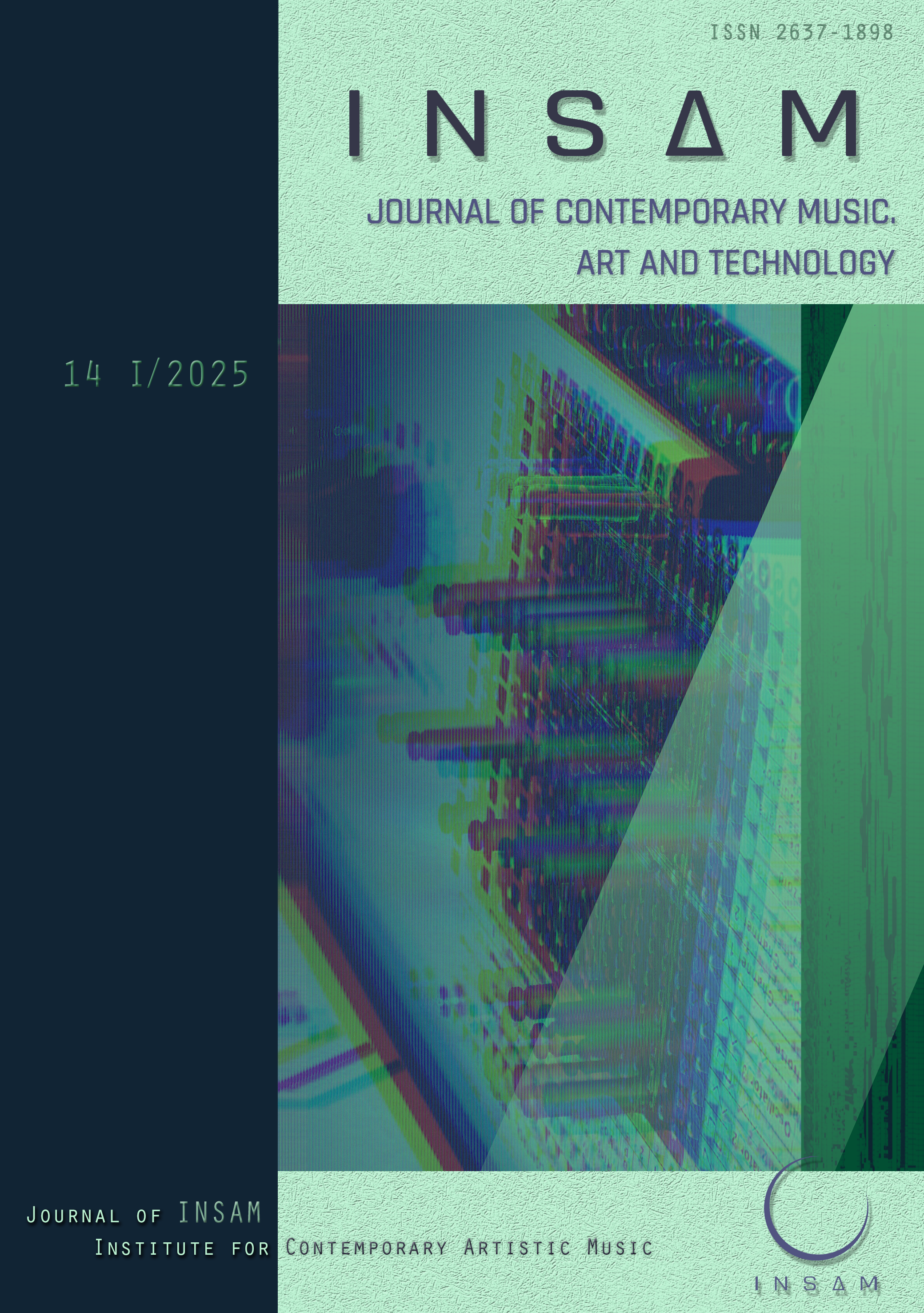The Development of Zheng in the Digital Age: An Interplay of Tradition and Modernity
DOI:
https://doi.org/10.51191/issn.2637-1898.2025.8.14.67Keywords:
Zheng, Living Tradition, Cultural Vitality, Technological Influence , Digital AgeAbstract
The Zheng, a traditional Chinese musical instrument with a history spanning over 2,500 years, has gained widespread popularity and recognition in contemporary China. Its most celebrated pieces are not only familiar to the public but have also contributed to the Zheng’s elevated status within the official cultural system, making it an important symbol of Chinese cultural identity in both name and reality. This prominence has naturally drawn the attention of musicologists and educators, who frequently highlight the Zheng’s enduring vitality and cultural significance.
Despite its long history as a musical instrument, the Zheng has only recently been recognised as “traditional” by musicologists. Nor should it be overlooked that the emergence of this “tradition” as a concept is inextricably linked to the development of modern audiovisual, communicative and interactive technologies – using the full potential of digital capacities. It joins a series of “traditions” – I will consider modern inventions, whose emergence and development depend on modern technological conditions. At the same time, the “tradition” of Chinese music, to which the Zheng belongs, is not static: as socio-economic and technological conditions change, so do the forms of expression and social functions of the Zheng, becoming a “living tradition” with a rich meaning.
Downloads
Published
Issue
Section
License
Copyright (c) 2025 INSAM Journal of Contemporary Music, Art and Technology

This work is licensed under a Creative Commons Attribution-NonCommercial-NoDerivatives 4.0 International License.
You are free to:
- Share — copy and redistribute the material in any medium or format
- The licensor cannot revoke these freedoms as long as you follow the license terms.
Under the following terms:
- Attribution — You must give appropriate credit , provide a link to the license, and indicate if changes were made . You may do so in any reasonable manner, but not in any way that suggests the licensor endorses you or your use.
- NonCommercial — You may not use the material for commercial purposes .
- NoDerivatives — If you remix, transform, or build upon the material, you may not distribute the modified material.
- No additional restrictions — You may not apply legal terms or technological measures that legally restrict others from doing anything the license permits.




